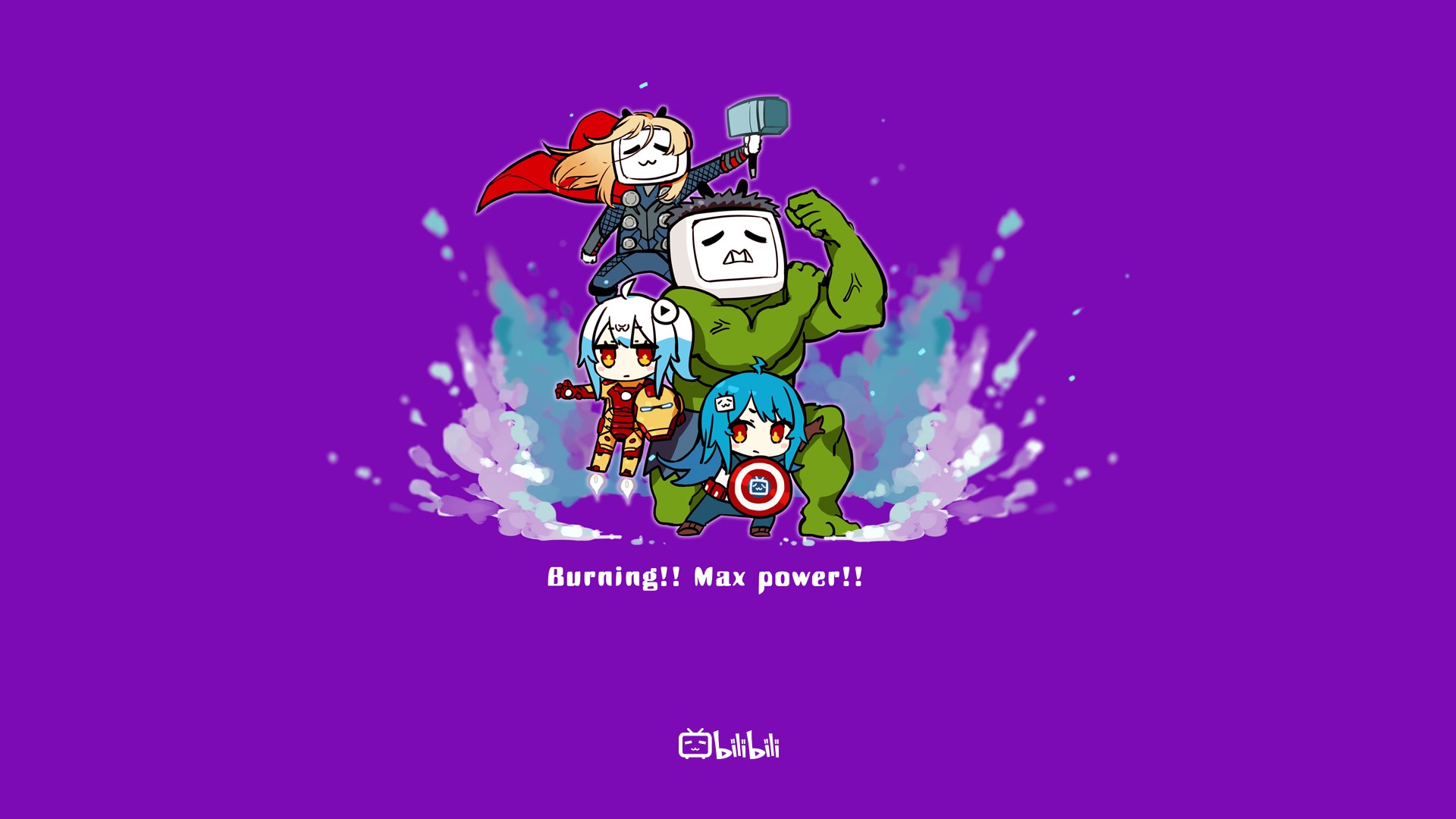What Does Is 'comedic' or 'comic' funnier? - The Grammarphobia Blog Do?

The 6-Minute Rule for What is a Comic? - The Patron Saint of Superheroes
In the post-war age modern Japanese comics started to flourish when Osamu Tezuka produced a prolific body of work. Towards the close of the 20th century, these three customs converged in a pattern towards book-length comics: the comic album in Europe, the in Japan, and the graphic novel in the English-speaking countries.
PHD Comics: To Profess
English-language comics [modify] At your house of the composing pig. The Benefit Downs of Little Lady Lovekins and Old Guy Muffaroo, comics by Gustave Verbeek containing reversible figures and ambigram sentences (March 1904). Illustrated humour regulars were popular in 19th-century Britain, the earliest of which was the temporary in 1825. The most popular was, which popularized the term animation for its amusing caricatures.
7 Easy Facts About comic - Meaning in Punjabi - Shabdkosh Explained
American comics developed out of such magazines as,, and. The success of detailed humour supplements in the and later on the, especially Outcault's The Yellow Kid, resulted in the advancement of paper comic strips. Early Sunday strips were full-page and often in colour. Between 1896 and 1901 cartoonists try out sequentiality, motion, and speech balloons.
These comics were made in such a way that one could check out the 6-panel comic, turn the book and keep reading. 妹妹H漫画 made 64 such comics in overall. In 2012 a remake of a selection of the comics was made by Marcus Ivarsson in the book 'In Uppner med Lilla Lisen & Gamle Muppen'.

Comic BooksWhat is pop culture? To my own… - by Fatmah Yousif - Movie Time Guru
Some Known Facts About Understanding Comics - Media Technology and Culture Change.

In Britain, the Amalgamated Press developed a popular style of a series of images with text beneath them, consisting of and. Humour strips predominated at first, and in the 1920s and 1930s strips with continuing stories in genres such as adventure and drama likewise became popular. Thin regulars called comic books appeared in the 1930s, in the beginning reprinting newspaper comic strips; by the end of the decade, initial content started to control.
In the UK and the Commonwealth, the DC Thomson-produced (1937) and (1938) ended up being effective humor-based titles, with a combined flow of over 2 million copies by the 1950s. Their characters, including "Dennis the Hazard", "Desperate Dan" and "The Bash Street Kids" have actually read by generations of British kids. The comics initially experimented with superheroes and action stories prior to picking funny strips including a mix of the Amalgamated Press and US comics styles.
